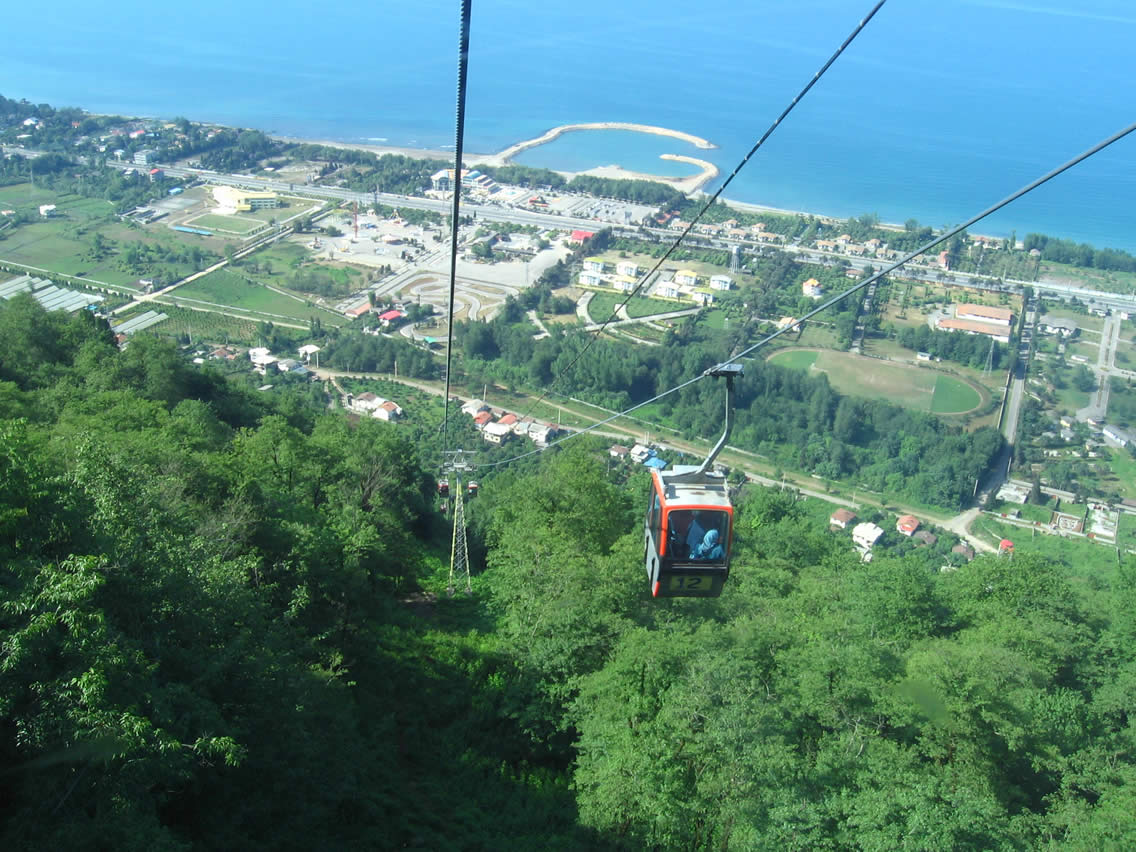Many reasons have been given for the rise in tourism. Some attribute it to the government’s approach; some say it is because other countries of the Middle East are in turmoil; or perhaps it is low costs of travel in Iran; or a mix of all of the above mentioned reasons, according to an article by Parastu Fakharian, published in Donya-e Eqtesad.
When walking around the cities of Tehran, Isfahan, Shiraz, Yazd, or even Kermanshah and Hamedan, one can often see foreigners strolling around and paying attention to every detail. This has been the case for approximately one and half years. The doors have opened to foreign tourists, and it is the curious; those itching to discover the lesser known places who choose Iran.
Latest Figures
According to senior officials of the tourism organization, there has been a 200% rise in visits of foreign tourists to the country. The number of arrivals in the first 5 months of the Persian calendar year (started March 21), increased by 240%, compared to the same time period last year. Morteza Rahmani-Movahed, the deputy tourism head of the Iran Cultural Heritage, Handcrafts and Tourism Organization stated. The figures have been provided by the Immigration Police Department who said that the majority of visitors came as part of tour groups, but there were a considerable number of backpackers, as well as travelers visiting for other purposes.
The second wave of foreign visitors usually starts in the late summer and during early fall, Rahmani-Movahed said, but this year the wave started in mid-summer.
Last year, the global revenue from tourism, recreation, entertainment, and leisure totaled approximately $6,500 billion. Of this figure, the tourism share was $1,250 billion. According to these figures, Iran must receive three or four percent of the tourism share, head of the cultural heritage organization, Masud Soltanifar said. For now however, the country’s tourism revenue is $6 billion, which amounts to only 0.5% of the global sum.
As the statistics show, 65% of last year’s 4.5 million foreign travelers were pilgrims and religious visitors from the neighboring Muslim countries such as the Republic of Azerbaijan, Pakistan, Afghanistan, and Iraq, as well as India and Jordan. “Although, they are a much welcome group, they are not income generators for the country,” Soltanifar noted.
No doubt, the littoral countries of the Persian Gulf comprise a considerable share of foreign visits to the country. Mashhad is their first destination. They also show interest toward other cities, especially the northern ones. But no plan has been prepared yet to organize their visits, Soltanifar said.
Why the Rise?
As noted before, it is believed that the government’s approach to the outside world has somewhat changed, which has encouraged more foreign tourists to visit the country, and observe the inside realities outside the Media lens. This new attitude can be interpreted as Iran’s diplomatic smile to the world, head of Tour-Operators Society Ibrahim Purfaraj said.
Purfaraj believes, the new approach has attracted over 2 million foreign tourists to the country during spring and summer this year. He also predicts the figure to become twice by the end of the year. All the hotels in the major touristic cities of the country have been booked by the end of 2015, he said. And for 2016, a larger surge of foreign visitors is predicted.
As many countries in the Middle East are experiencing unrest, Iran is among the few safe destinations for European tourists who are usually interested in cultural and historical monuments. If this is the reason for the recent European surge, a good portion of the visitors could be expected to head back to the other Middle Eastern countries when peace returns.
In 2013, Iran was reckoned among the three most inexpensive countries in terms of travel costs. This has lured those tourists who prefer to spend less.
No one argues the point that Iran lacks sufficient infrastructures necessitated by a sustainable tourism development. The lodging facilities, transport system, services, and number of direct flights do not meet foreign and international demands. The sanctions are the main reason for this shortage, banning directs flights to capitals. The country’s precious planes are grounded, and no foreign investment is thus encouraged to develop touristic infrastructures, Soltanifar said.
There are few four- and five-star hotels in Iran, totaling 5 in Isfahan, and 9 in Shiraz. They cannot accommodate the entire number of lodgers, and “we had to stop admitting the foreign travelers to our tours,” Soltanifar said. According to him, by the next 11 years, the number of four- and five-star hotels should increase by 3 folds. He called this the ‘hotel-building movement’.
But foreign tourists do not intend to stand by and wait for the hotels to be built. This is why patrons of tourism industry are granting special discounts and facilities to investors of private sector.
Like other industries, tourism needs long-term, strategic plans that cover the needs of today and necessities of tomorrow, making possible a sustainable development.


